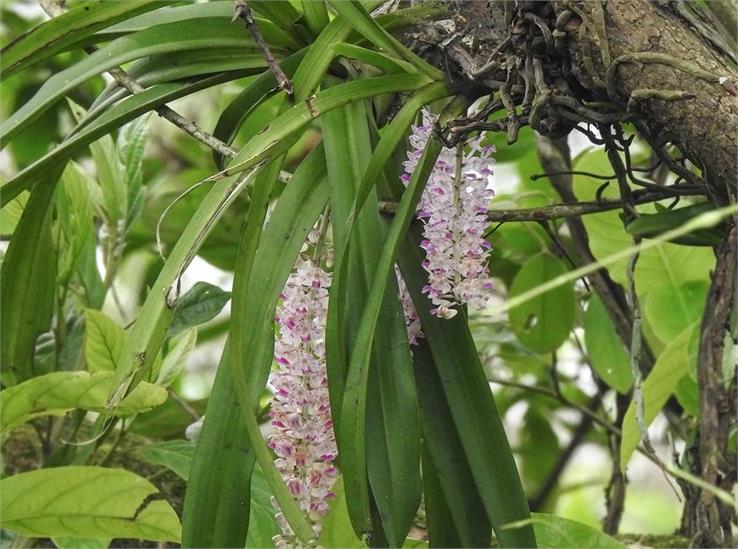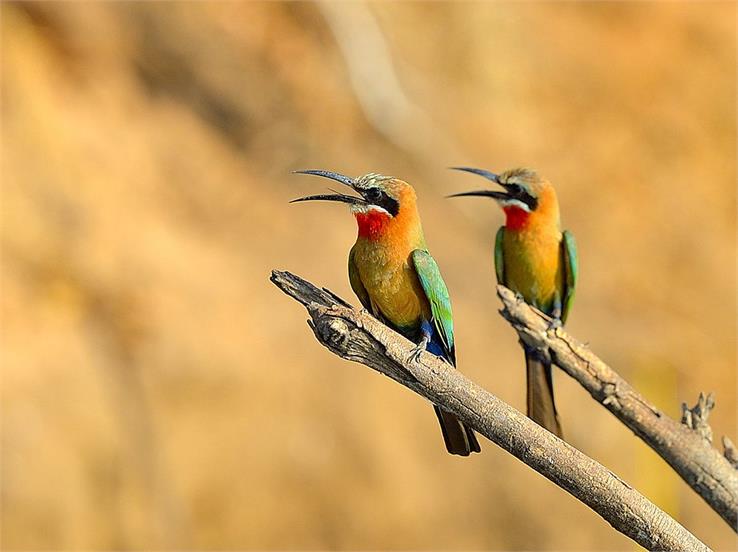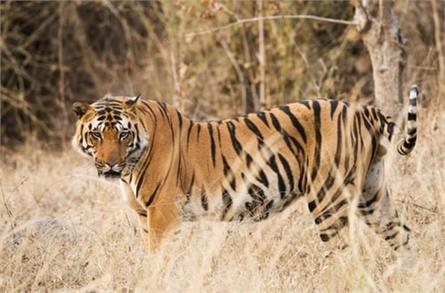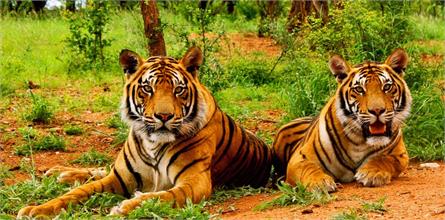Manas Wildlife Sanctuary: The Home of Flora & Fauna
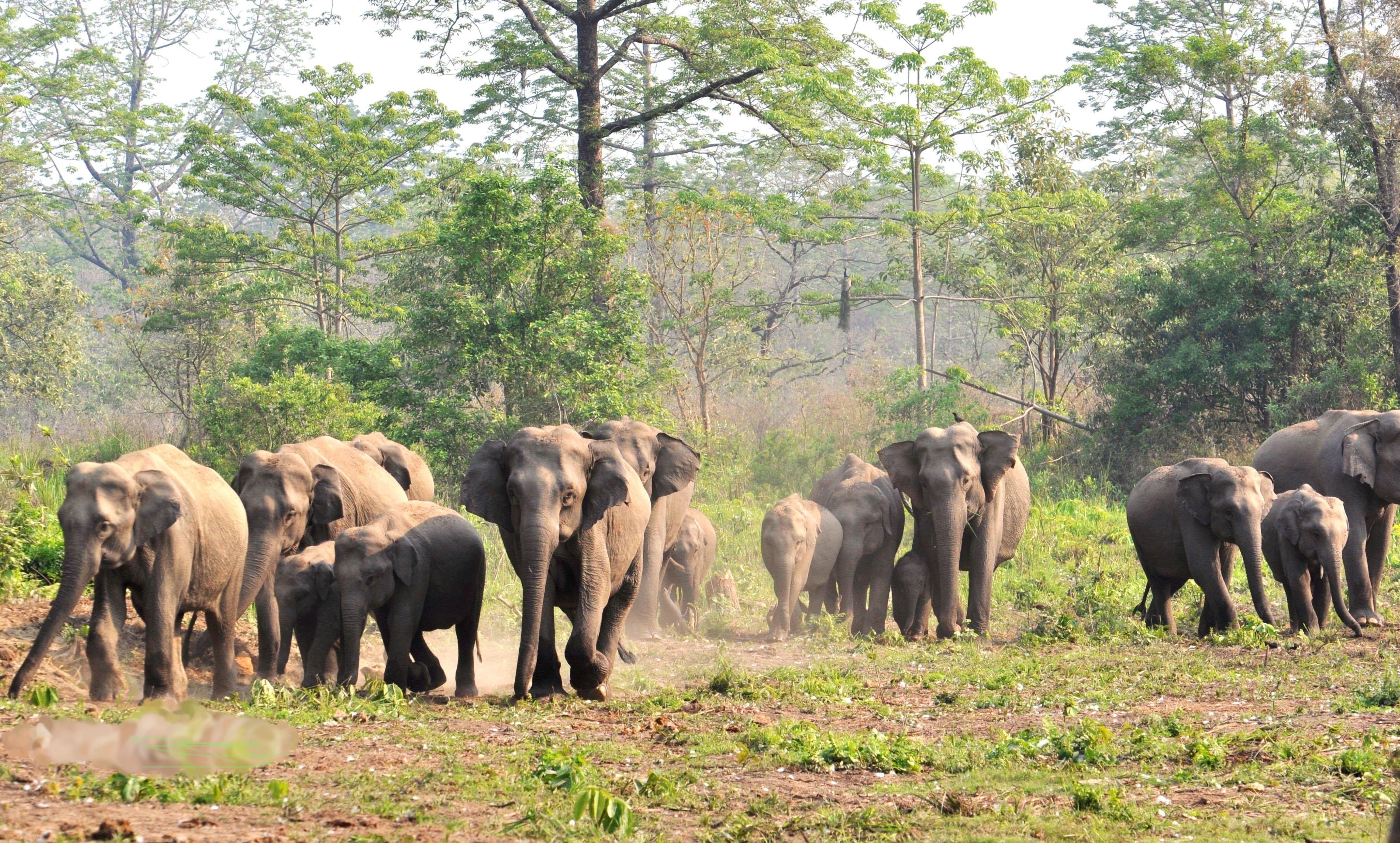
As the great naturalist John Muir once said, "In every walk with nature, one receives far more than he seeks."
The above statement rings true for those who have had the privilege of visiting the Manas Wildlife Sanctuary. This breathtaking sanctuary is a true wonder of the natural world. Manas Wildlife Sanctuary is a national park, biosphere reserve, and world heritage site in the state of Assam in northeastern India. It covers an area of 39,100 hectares and spans the Manas River, which forms the border with Bhutan. The park is home to a rich diversity of wildlife, including many endangered and endemic species, such as the tiger, greater one-horned rhino, swamp deer, pygmy hog, and Bengal florican. The park also boasts scenic beauty and varied habitats, ranging from forested hills and alluvial grasslands to tropical evergreen forests and riverine tracts.
Also Read: UNESCO World Heritage Site
Natural Beauty of Manas Wildlife Sanctuary And Origin of Name of the Park | Vital lifeline for Wildlife!
The name of the park derives from the Manas River, which is a major tributary of the Brahmaputra River. The Manas River originates from the Himalayan foothills and flows through the park, creating a dynamic landscape that changes with the seasons. The river also provides a vital lifeline for the wildlife and the local communities that depend on it for fishing, agriculture, and transportation.
Also Read: Stepwells of Ahmedabad
History of Manas Wildlife Sanctuary
The history of the park dates back to 1928, when it was declared a sanctuary with an area of 360 square kilometers. It was used as a hunting reserve by the Cooch Behar royal family and the Raja of Gauripur until 1951 when it was expanded to 391 square kilometers. In 1973, it became part of the Manas Tiger Reserve under Project Tiger, a conservation initiative launched by the Indian government to protect the endangered big cats.
Also Read: Best Places To Visit In Gujarat
World Heritage Site By UNESCO
In 1985, it was inscribed as a World Heritage Site by UNESCO for its outstanding natural value. In 1990, it was further enlarged to 500 square kilometers by adding three adjacent reserved forests. In 1992, however, it was placed on the List of World Heritage in Danger due to heavy poaching and terrorist activities threatening its integrity. After a decade of turmoil and violence, the park was gradually restored with the help of various stakeholders, including the government, NGOs, local communities, and international agencies. In 2011, it was removed from the danger list and commended for its efforts in preservation.
Also Read: The Famous Ramappa Temple In Telangana
Division of Park
The park is divided into three ranges: the western range at Panbari, the central range at Bansbari near Barpeta Road, and the eastern range at Bhuiyapara near Pathsala. The ranges are not well connected by road; two major rivers need to be crossed to go from the central to the western range, while there is a rough trail connecting the central to the eastern range. The park has only one forest village, Pagrang, in the core area. Apart from this village, 56 more villages are surrounding the park. Many more fringe villages are directly or indirectly dependent on the park for their livelihoods.
Also Read: The Historic Agra Fort
Geological Habitats
The park has four principal geological habitats: bhabar savannah, terai tract, marshlands, and riverine tracts. The Bhabar savannah is found in the north along the foothills of Bhutan. It consists of coarse alluvial deposits with deep layers of rock and detritus overlain by sandy loam and humus. The vegetation is dominated by tall grasses interspersed with patches of sal forest. The Terai tract is found in the south along the Brahmaputra valley. It consists of fine alluvial deposits with underlying pans where the water table lies near the surface. The vegetation is characterized by moist deciduous forests with sal as the dominant tree species. The marshlands are found in low-lying areas that get inundated during the monsoons. They support a variety of aquatic plants and animals. The riverine tracts are found along the banks of the Manas River and its tributaries. They comprise sandy beaches, gravel bars, islands, and riparian forests.
Also Read: National Parks of India
The climate of the Park
The park has a subtropical climate with hot and humid summers and cool and dry winters. The average annual rainfall is about 3,300 millimeters, most of which falls between May and September. The temperature ranges from 15°C to 37°C in summer and from 5°C to 26°C in winter.
Various Species In The Park
The park is one of the most biodiverse areas in India and hosts more than 450 species of birds, 55 species of mammals, 50 species of reptiles, and 35 species of amphibians.
Some of the park's flagship species are:
1. Tiger
Manas is one of the few places in India where tigers can be seen in their natural habitat. The park has an estimated population of about 30 tigers belonging to the Bengal subspecies. Tigers are mainly found in the terai forests and grasslands, where they prey on deer, wild boar, buffalo, and other animals.
2. Greater One-Horned Rhino
Manas is also one of the few places in India where rhinos can be seen in the wild. The park has a population of about 40 rhinos reintroduced from Kaziranga National Park and Pobitora Wildlife Sanctuary between 2005 and 2012. Rhinos are mainly found in the grasslands and marshlands, where they feed on aquatic plants and grasses.
3. Swamp deer
Manas is the only place in India where swamp deer, also known as barasingha, can be found. The park has a population of about 300 swamp deer, which are endemic to the Terai region. Swamp deer are mainly found in the grasslands and marshlands, and graze on grasses and sedges.
4. Pygmy hog
Manas is the only place in the world where pygmy hogs, the smallest and rarest wild pigs, can be found. The park has a population of about 300 pygmy hogs, which are critically endangered. Pygmy hogs are mainly found in tall grasslands, where they dig burrows and feed on roots, tubers, insects, and worms.
5. Bengal florican
Manas is one of the few places in India where Bengal floricans, the most endangered bustards, can be seen. The park has a population of about 50 floricans, vulnerable to extinction. Bengal floricans are mainly found in the grasslands, where they display their courtship dances and feed on insects, seeds, and shoots.
Also Read: Nalanda Mahavihara The World Heritage Site
Endangered Species
Apart from these species, the park also harbors other rare and endangered animals, such as the golden langur, the hispid hare, the clouded leopard, the Asiatic black bear, the Asian elephant, the gaur, the wild dog, the sloth bear, the capped langur, the smooth-coated otter, the hog deer, the sambar, the chital, the barking deer, the hornbill, the pelican, the stork, the eagle, and many more.
The park is also rich in cultural diversity and heritage. It is inhabited by various ethnic groups, such as the Bodo, the Rabha, the Garo, the Rajbongshi, and others. These groups have their own languages, customs, traditions, and beliefs. They also have a close relationship with nature and practice various forms of agriculture, fishing, hunting, and handicrafts. The park also has several historical and religious sites, such as temples, monasteries, shrines, forts, and caves.
Manas Wildlife Sanctuary is a unique and valuable natural asset that needs to be conserved and protected for its ecological, aesthetic, and socio-cultural significance. It is a living example of harmony between humans and nature that can inspire and educate people from all walks of life. It is a treasure trove of biodiversity that can offer immense opportunities for scientific research and discovery. It is a source of pride and joy for India and the world that can attract visitors from far and wide.



